Author: Chang Yan
Before my business trip to Shanghai this time, the Shanghai Flood Control Headquarters had just issued a typhoon warning about “Sandu” overnight. As a result, unexpectedly, the typhoon passed by Shanghai on the day of the event.
We were originally worried about whether we could make it to Shanghai, but unexpectedly encountered a humid sunny day.

This tells us that timing and luck are more important than “being early”.
Compared with other traditional luxury brands, Cadillac’s electrification is definitely not considered “early”.
This may have caused it to miss the opportunity to establish a pure electric system earlier and accumulate more policy points.
But compared with the “scarred” pioneers, Cadillac also avoided the traditional luxury brand’s reputation being ruined in the early stages of electrification due to the “incremental” strategy.

Previously, the first-generation electric vehicles of traditional brands generally had “three sins”: first, the conversion from oil to electric platform resulted in low energy efficiency and compromised layout; second, lack of emphasis on intelligence led to the absence or backwardness of intelligent cockpit and automatic driving functions; third, there was no sales and service system specifically for new energy users, and the core experience still favored oil vehicles.

As a to some extent “latecomer”, Cadillac seems to be like a student who has obtained the wrong question bank, and can take an open-book exam.

On both sides of the Pacific, Cadillac LYRIQ is experiencing its own critical moments.
In the United States, LYRIQ is about to start pre-sales, and all detailed parameters for mass production will be disclosed.
In China, localization work has also been completed, and mass production is on the way.
Compared with the high-profile appearance of the concept car at the Shanghai Auto Show in April, it is time for Cadillac to bid farewell to simulated exams and prepare for the final battle.

From the beginning, LYRIQ chose to fully follow the development logic of a pure electric vehicle. The advantages brought by the pure electric platform do not need to be discussed in detail here. It will naturally have convenience and rationality in structural layout, appearance design, and electronic and electrical architecture.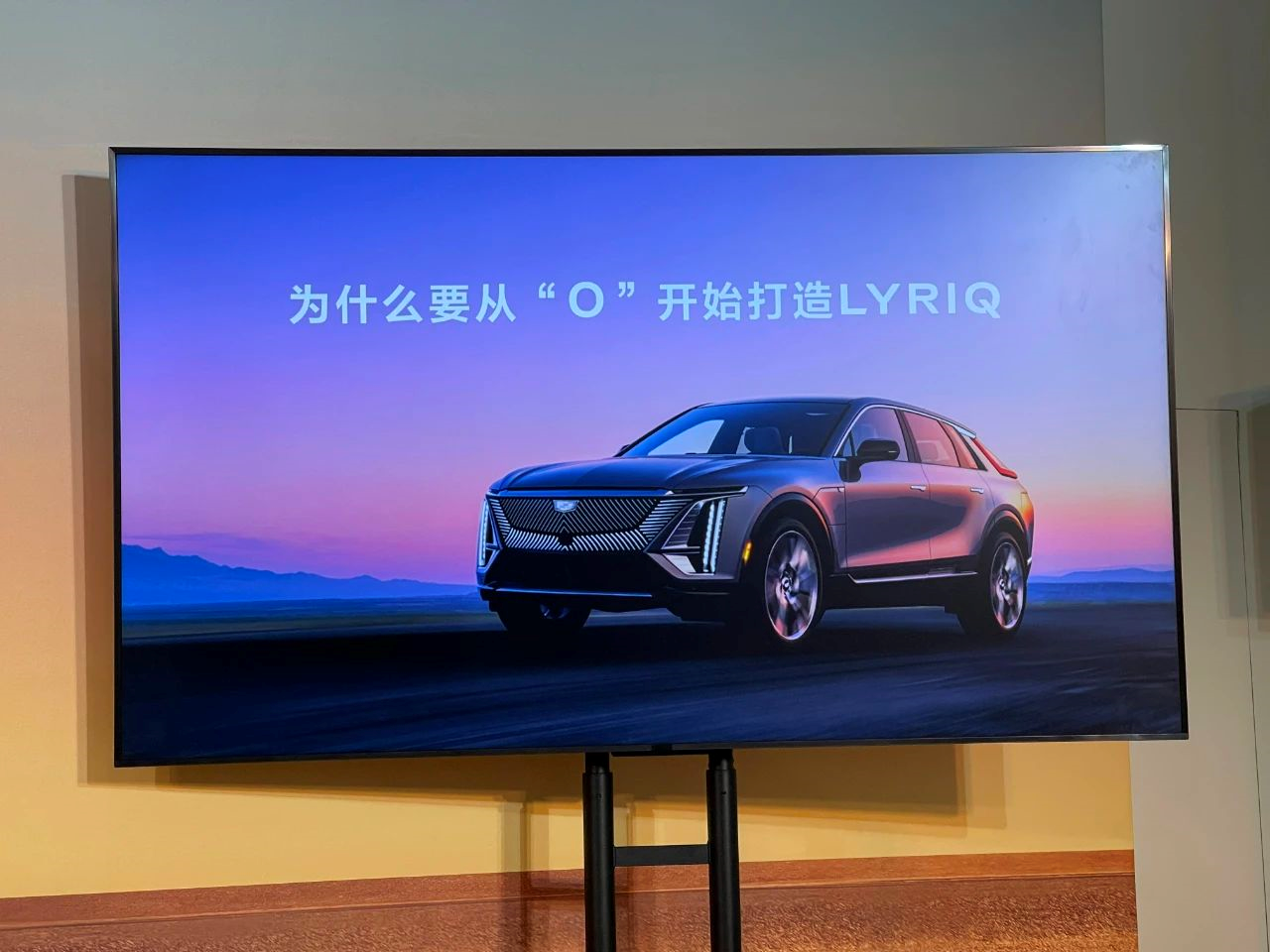

Despite LYRIQ’s adherence to a relatively long “engine hood” design for the sake of tradition, its short front overhang and sufficiently long wheelbase remain hallmarks of electric vehicles’ spatial layout. This nod to classic aesthetics, coupled with modern experience, only serves to enhance LYRIQ’s appeal.
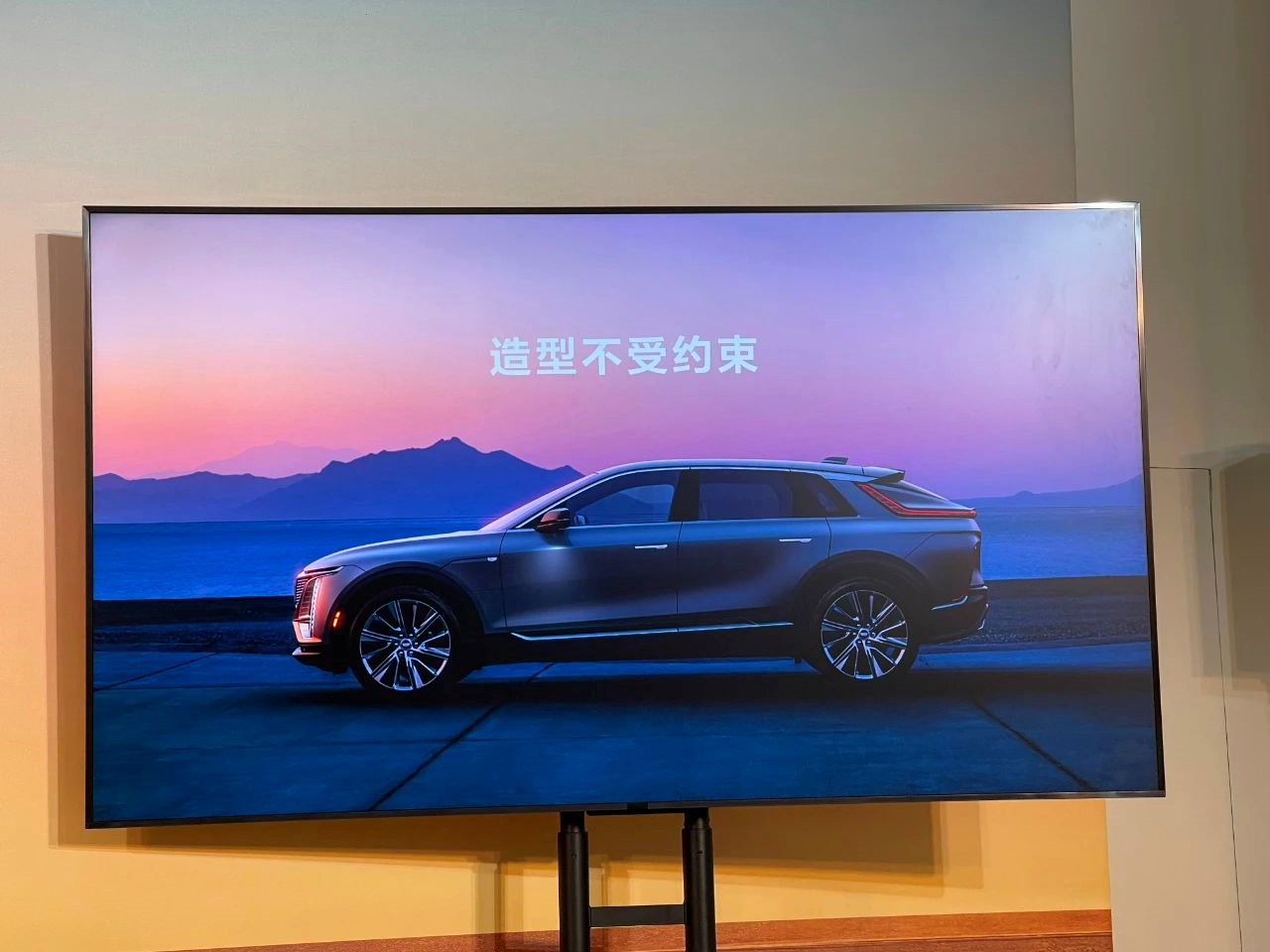
Just a few days ago, I learned how to introduce my Ultium platform in Chinese, which I believe complements LYRIQ perfectly. The Ultium platform can provide LYRIQ with comparable three-electric performance, while also improving the baseline platform’s safety, structural strength, and wiring harness communication efficiency.

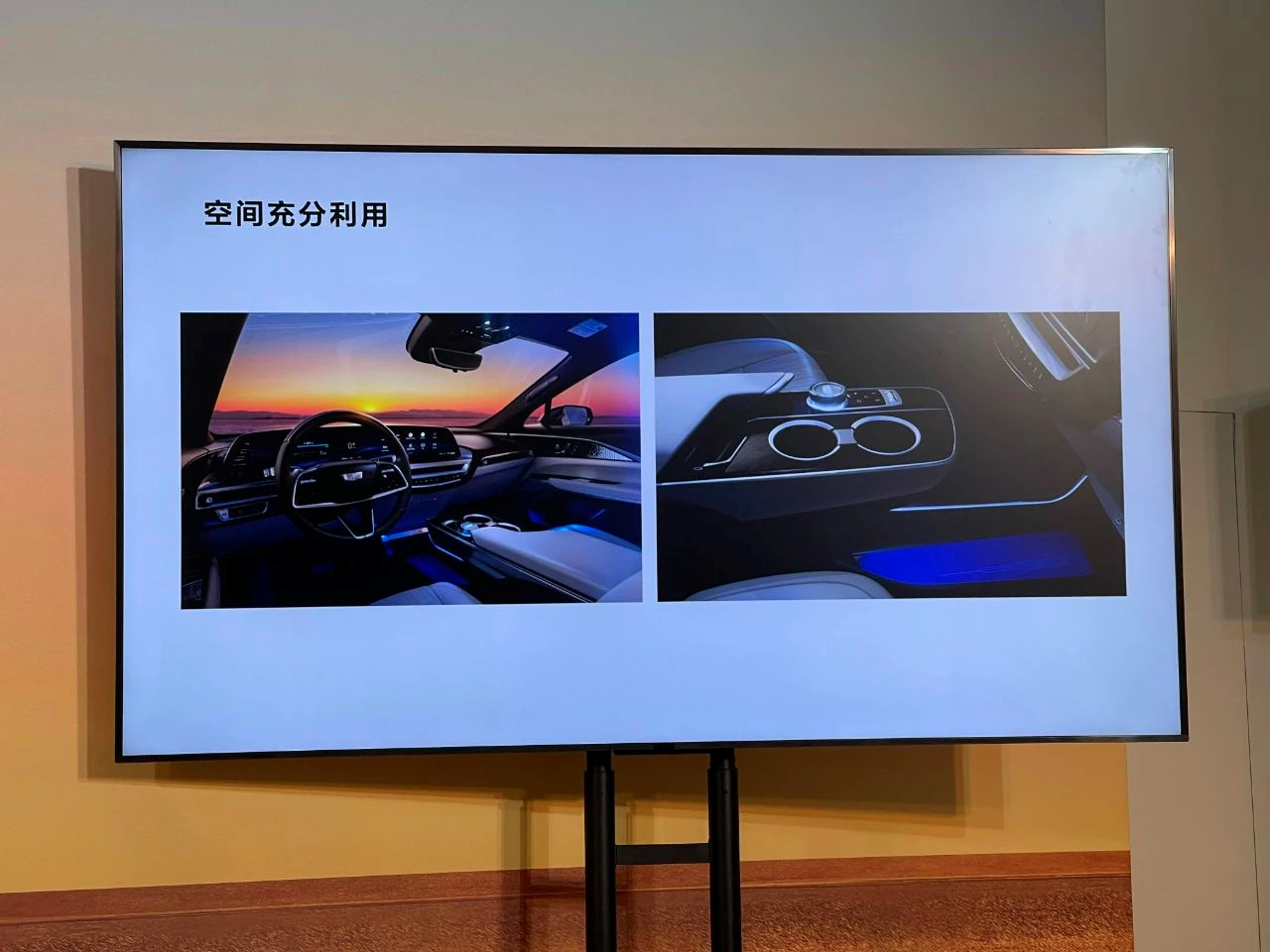

LYRIQ’s first model will have a range of 650 kilometers under the CLTC standard, which is estimated to provide a usable space of over 500 kilometers in real-world usage scenarios. This relatively high level of practicality, compared to current competitors in the same category, is likely due to the use of a single-motor scheme into achieving this result. Although consumers’ demand for electric vehicle acceleration performance has gradually returned to rationality, as demonstrated by the continuously increasing sales of models such as the BMW iX3, many consumers are still pursuing their own belief-like pursuit of dual-motor or higher power standards, even V Model cars.

Once inside the car, impressive workmanship and attention to detail are immediately evident, but most of your attention will be drawn to the central screen.

I’ve said it before and I’ll say it again: people’s pursuit of in-car screens is quickly catching up to what is considered standard in the consumer electronics industry.Just like the iPhone 13 Pro that was unveiled on the same day boasting about its high refresh rate, LYRIQ’s screen is also worth mentioning.

In terms of hardware design, it features a curve screen structure that was only seen before on the Taycan.

As for specifications, 9K and 33 inches are definitely in a league of their own.
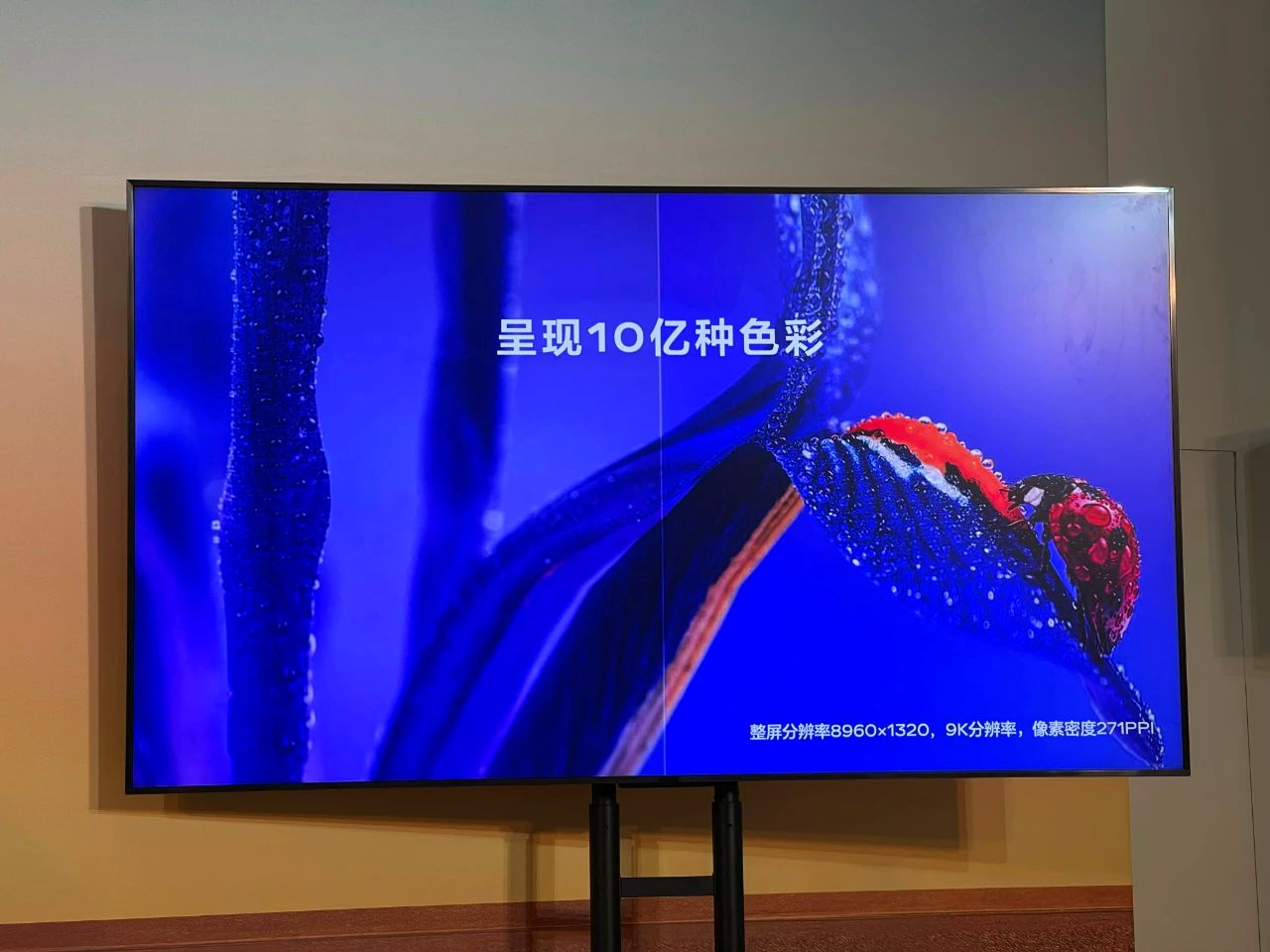


The most impressive part is that this is the first time I’ve heard such detailed screen parameters at a car manufacturer’s press conference, such as 10-bit color depth, 271ppi, and 3375 backlight zones. These are currently professional-grade standard specifications for desktop monitors.

It’s just unnecessary to compare it with the Pro Display XDR… That’s just trying too hard…

Behind the screen, the entire LYRIQ product line will be supported by the Qualcomm 8155 chip. While some domestic competitors are still “begging” for an upgrade to this chip on community forums, LYRIQ is already showcasing the high performance the chip can achieve in intelligent cockpits.
Looking at the “hard” aspects alone, LYRIQ provides a powerful platform to work on. It remains to be seen how Cadillac will fill it with a compelling software ecosystem.

 The relatively mature part of the software is the enhanced version of Super Cruise. We have experienced the initial version of Super Cruise many times before. Reliability and stability are the most prominent labels of this system. The enhanced version will add turn signal lane change and automatic overtaking functions to Super Cruise, which can be considered a big step forward in terms of functionality. Although there is still a gap between it and the new domestic powers that mainly use lidars, it is enough to provide convenience to the general users in most scenarios.
The relatively mature part of the software is the enhanced version of Super Cruise. We have experienced the initial version of Super Cruise many times before. Reliability and stability are the most prominent labels of this system. The enhanced version will add turn signal lane change and automatic overtaking functions to Super Cruise, which can be considered a big step forward in terms of functionality. Although there is still a gap between it and the new domestic powers that mainly use lidars, it is enough to provide convenience to the general users in most scenarios.

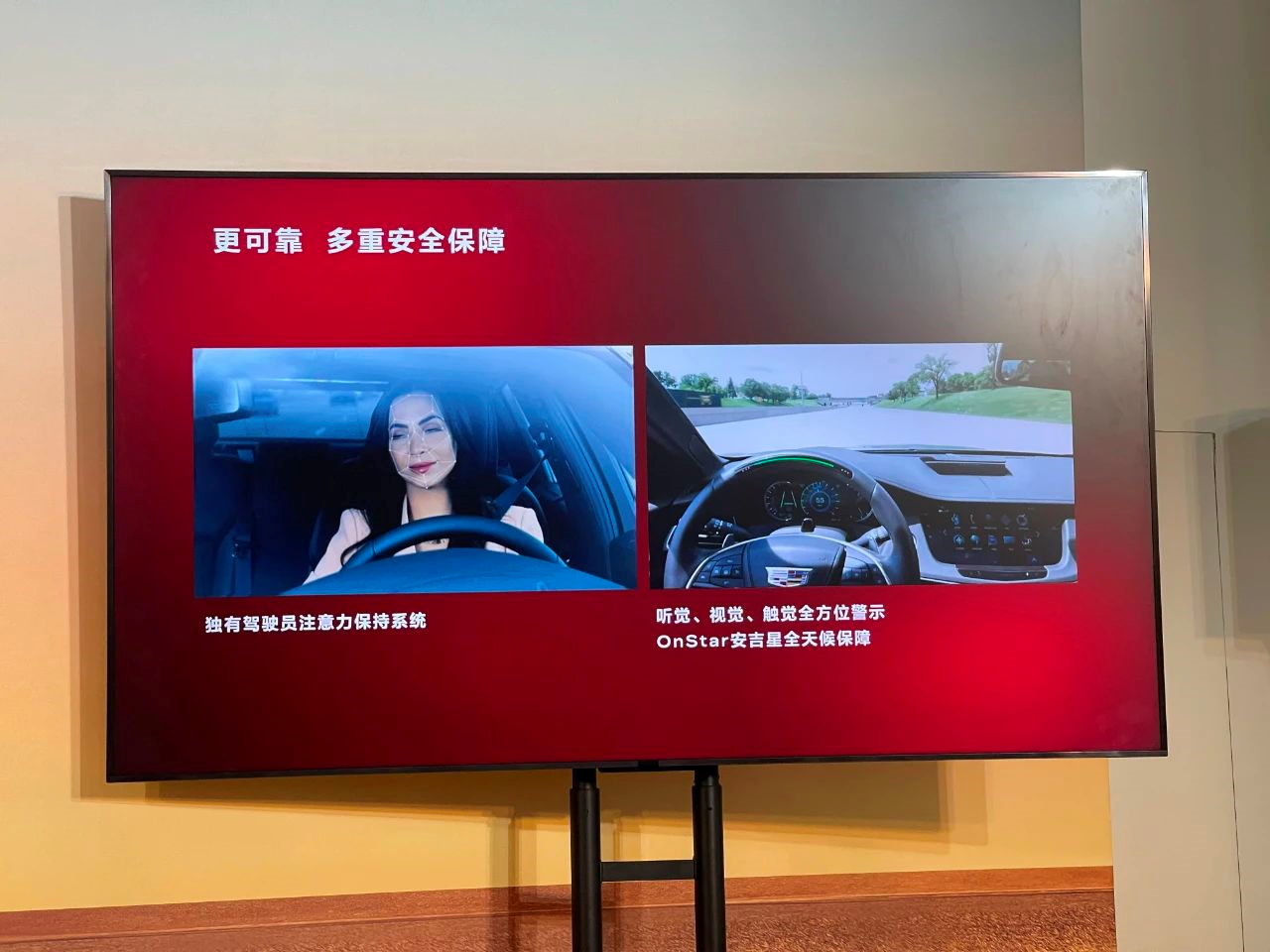
Along with the ready cars, a relatively ready LYRIQ production service system has arrived.


We believe that there is not much worry about SAIC-GM’s design and production capabilities. From the perspective of LYRIQ’s commitment to using a direct sales model, it is clear that there is still a strong determination to make changes to this system.
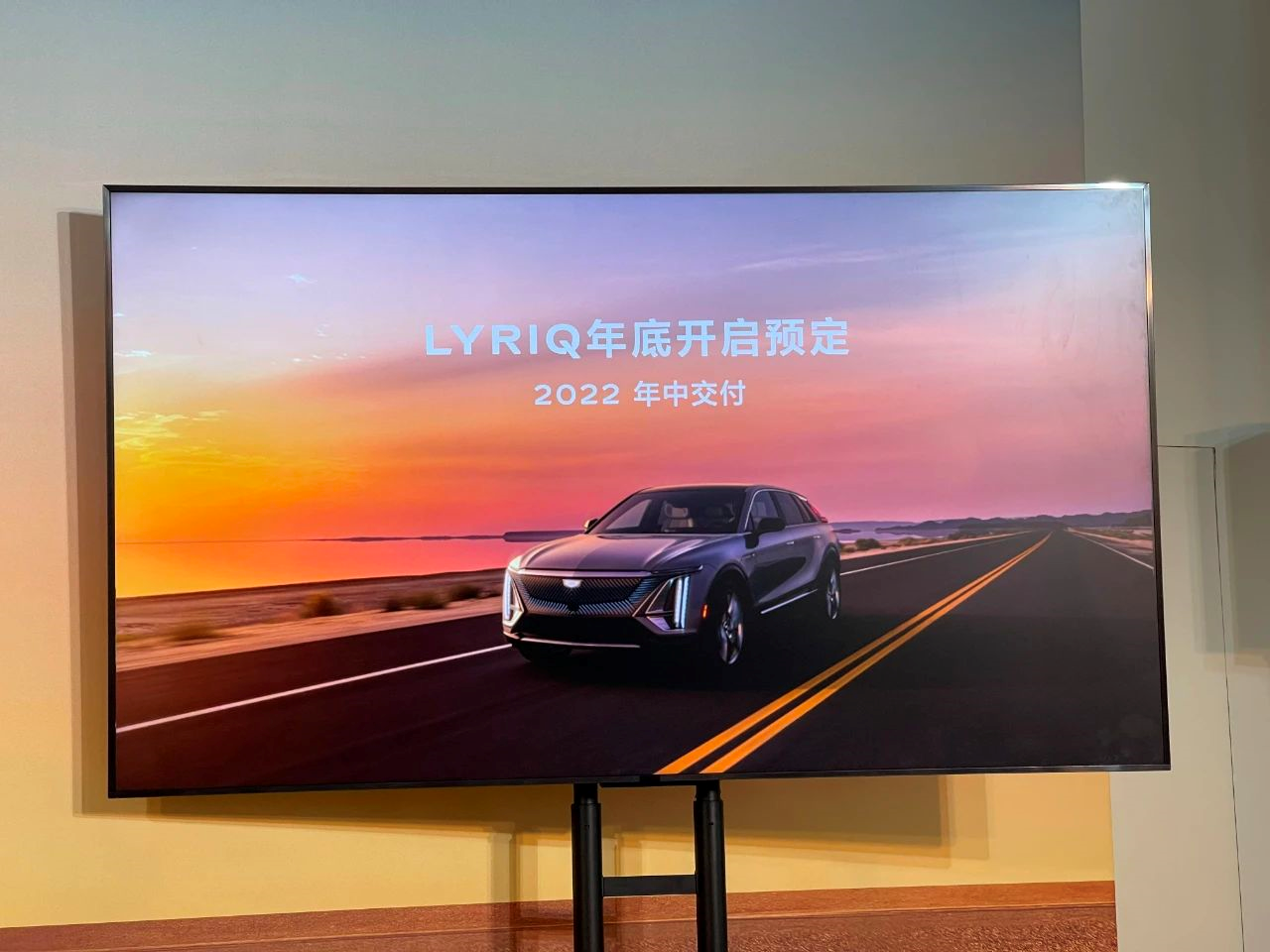
LYRIQ will accept reservations at the end of this year and deliveries will start in the middle of next year. From the timing point of view, it is still not fast enough, but considering that China’s new energy market will maintain nearly 100% growth rate in the next two years, Cadillac does not need to worry too much. As long as it can grasp the incremental market, it is enough to attract brand fans, and the basic plate of this car is guaranteed.
After all, as we said at the beginning, timing and luck are both important.
This article is a translation by ChatGPT of a Chinese report from 42HOW. If you have any questions about it, please email bd@42how.com.
